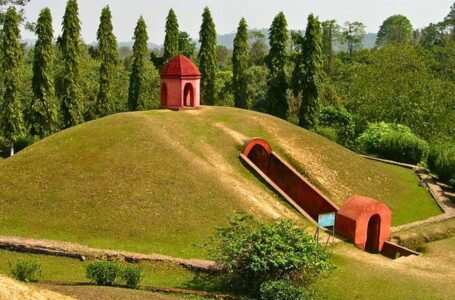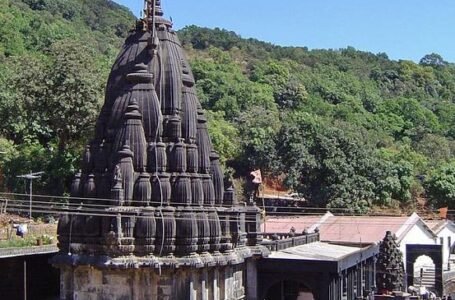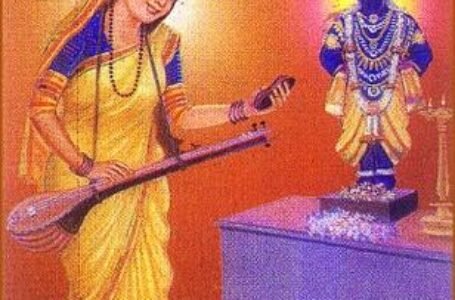POSHAK: THE WADIYAR CLOTHING
- Lifestyle Medieval history
 Deepshikha
Deepshikha- March 25, 2022
- 0
- 1055
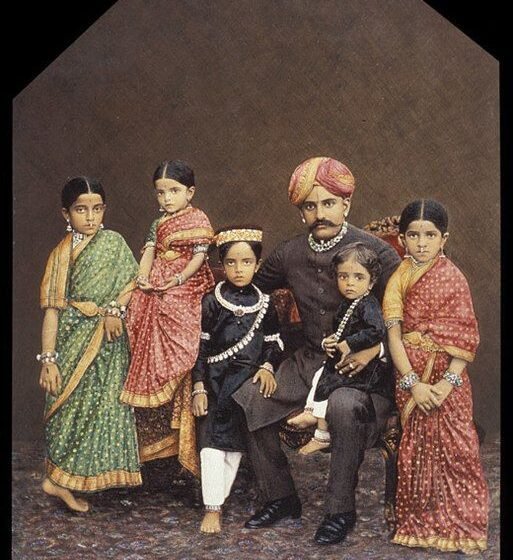
WADIYARS CLOTHINGS
The Magnificent milestone of Mysore, the royal existence of this princely significant state came in the 13th century which is viewed as the royal heritage of the Wadiyar family. The expansion of this legacy was marked in the 17th century which also patronized the traditional attire of Mysore. In the 17th Century the Wodeyars of Mysore earned in Western India from the battle between the Mughal Empire and the Marathas. The Wadiyar ruler of Mysore detained Seringapatam in 1610; later they attained Bangalore and combined Wadiyar power.
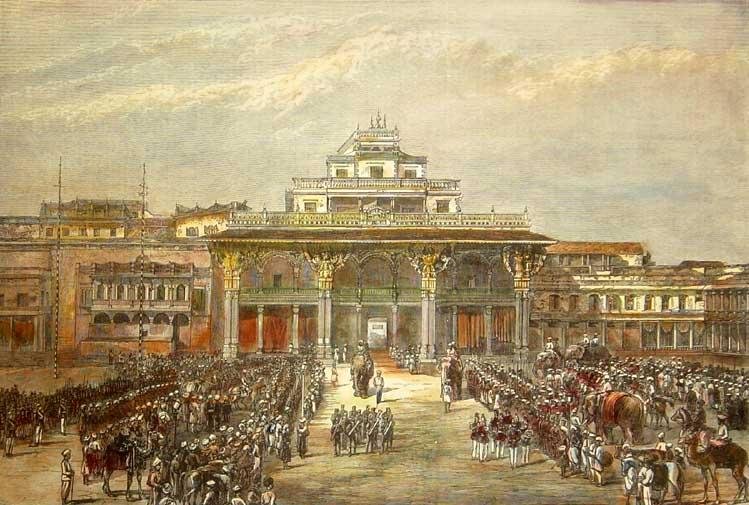
The Wadiyar dynasty, also implied as the Wodeyar’s, was the Hindu dynasty from the year 1399 to 1947 ruled kingdom of Mysore as Kings. The Only royal Family in the 5000-year history of India to have ruled a single kingdom over 500 years. The term ‘Wodeyar’ means ‘the king’ or ‘the owner’, in Kannada. The dynasty merged with the Indian Union after Independence, and was established by Yaduraya Wodeyar, and Mysore governed by a series of successors.

During the royal period, the traditional outfit was well-thought-out as the durbar dress, which was expected to be worn by every person who went to Durbar, and whomsoever had schedules with the king. The outfit also signified Status, prestige, and hierarchy to the different sections or classes of society. The royal styling in the Royal dynasty was embracing a long black coat, a pair of milky white trousers and an ornate turban. Combining with traditional Mysore outfit of royal black long coat and white trousers, a golden lace is wrapped around the turban which is also known as the famous Mysore Peta that added more sophistication to the wear.
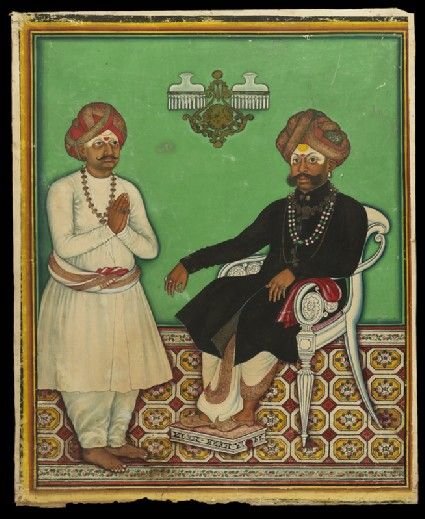
However, some people wore the turban without lace and others with lace. A dhoti is typically traditional which is precisely embroidered with golden zari at the border and is also draped by the men across the waist, adding more charm to the whole look. Meanwhile, women pull out a richly saree soaked in the finest quality of pure silk and also embroidered creatively in the threads of golden and also with metallic shaded colored silk thread. The silk of Mysore is famous for their durability and also well known in Myriad hues. The stylishness of Mysore silks lies in their Anchal or Pallu of the saree with heavy zari work. The typical girl child of Mysore wore a traditional Langa which was similar to a long skirt and Dhavani or a half saree.

However, any outfit continued being the stylish trends of Fashion owing to the ethnic soul attire like sarees and Dhotis it possesses. Embracing the western twist, the traditional costumes with embroidered work have gone through a lot of creative transformations, by imprinting artistic motifs and designs. These costumes in the fashion market have been introduced with more varieties of silk. While entering the international fashion markets the elegance of the costumes owing to factors like comfort as well as charm have succeeded who have witnessed skyrocketing demand as well as sales of the costumes. The foreign masses have hailed these costumes as they condense a sense of royalty, charm and pride to the wearer.
